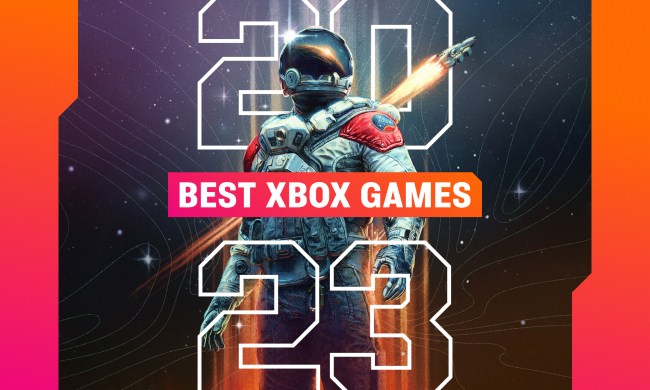Microsoft finally showed the first real Halo: Infinite gameplay during its Xbox Series X Games Showcase on July 23, and the memes soon followed. Gamers eager to dish out the salt were quick to jump on the title for its shift in art direction and lack of obvious visual wow-factor.
There are good reasons for the shift, however, and the decision not to prioritize visuals over gameplay will prove to be in Halo: Infinite’s favor. This looks like true old-school Halo delivered on modern hardware.
Performance wins over realism
The memes digging on Halo: Infinite immediately targeted game’s undeniable shift in art. Until now, Halo has pursued a hyper-realistic look filled with gritty soldiers, shiny aliens, and detailed scenery. Infinite is a bit different. The intentionally blocky, flat look of some distant terrain led to sarcastic comparisons to Minecraft.
Halo Infinite campaign be like pic.twitter.com/lcVgqHeOlm
— ayylmao (@ayylmaotv) July 23, 2020
Like most jokes, this one has a hint of truth. Halo: Infinite certainly looks leagues better than Minecraft, but its new art style reminds you that you’re playing a game. The latest Halo, unlike its predecessors, doesn’t try to look realistic. It won’t even launch with raytracing support, though 343 Industries says that will be added in a later patch.
This might seem an odd decision for a new console’s headline title, but it places emphasis one another aspect of next-generation consoles; performance. 343 Industries promises 4K/60 fps gameplay in Halo: Infinite, and if that is delivered, it will be a stunning new benchmark.

Take
Halo: Infinite is making a next-gen promise. It’s just not the one we’re used to. Instead of dialing up the detail to unbelievable levels, the game more smoothly delivers the very best of what’s possible on current-gen hardware. As I’ve said in the past, next-gen games won’t often blow you away with their visuals. But that doesn’t mean the next-gen experience isn’t better.
Delivering the Halo you remember
While Microsoft is strategically using Halo: Infinite to showcase the importance of smooth, high-resolution gameplay, there’s another reason for the game’s shift. 343 Industries wants to go back to Halo’s roots and deliver the old-school experience fans remember.
That’s not easy, because nostalgia is a hell of a thing. The original Halo trilogy is great. Play it today, however — which you can easily do, thanks to Halo: The Master Chief Collection — and you’ll realize the games are smaller, shorter, and more linear than they felt at the time.
343 Industries has a predictable but effective solution. Turn the scale up to 11. Halo: Infinite wants to give players the epic alien vistas they’re used to and, unlike earlier Halo games, actually let players explore them.
Huge levels combined with classic Halo gameplay is precisely on point.
This isn’t revolutionary, and I’m guessing some critics will sigh heavily as they note how Halo is merely following a template for open-world game design that’s beginning to feel tired. For fans, however, huge levels combined with classic Halo gameplay is precisely on point. This is how Halo felt back in 2001.
It may even feel unique today. Shooter fans crave a big, open-world game with the variety and epic scope they love. Far Cry’s template has grown stale. Destiny never delivered the epic scale it promised. And other recent stabs at the idea, like Rage 2, have fallen short on gameplay. Halo: Infinite could serve up an experience that shooter fans have desired for well over a decade.
The Halo we need?
Despite mixed reactions to its graphics, fan opinion about Halo: Infinite seems cautiously optimistic. There’s a reason for that. Infinite’s single-player gameplay appears to capture the ideas that made old-school Halo great in a more modern format. It also lacks the superhero-film distractions that made Halo 5: Guardians such a groaner.
It’s strange for a headline next-gen title to root itself so firmly in the past. Still, if Infinite can deliver the experience fans remember — and deliver it at


